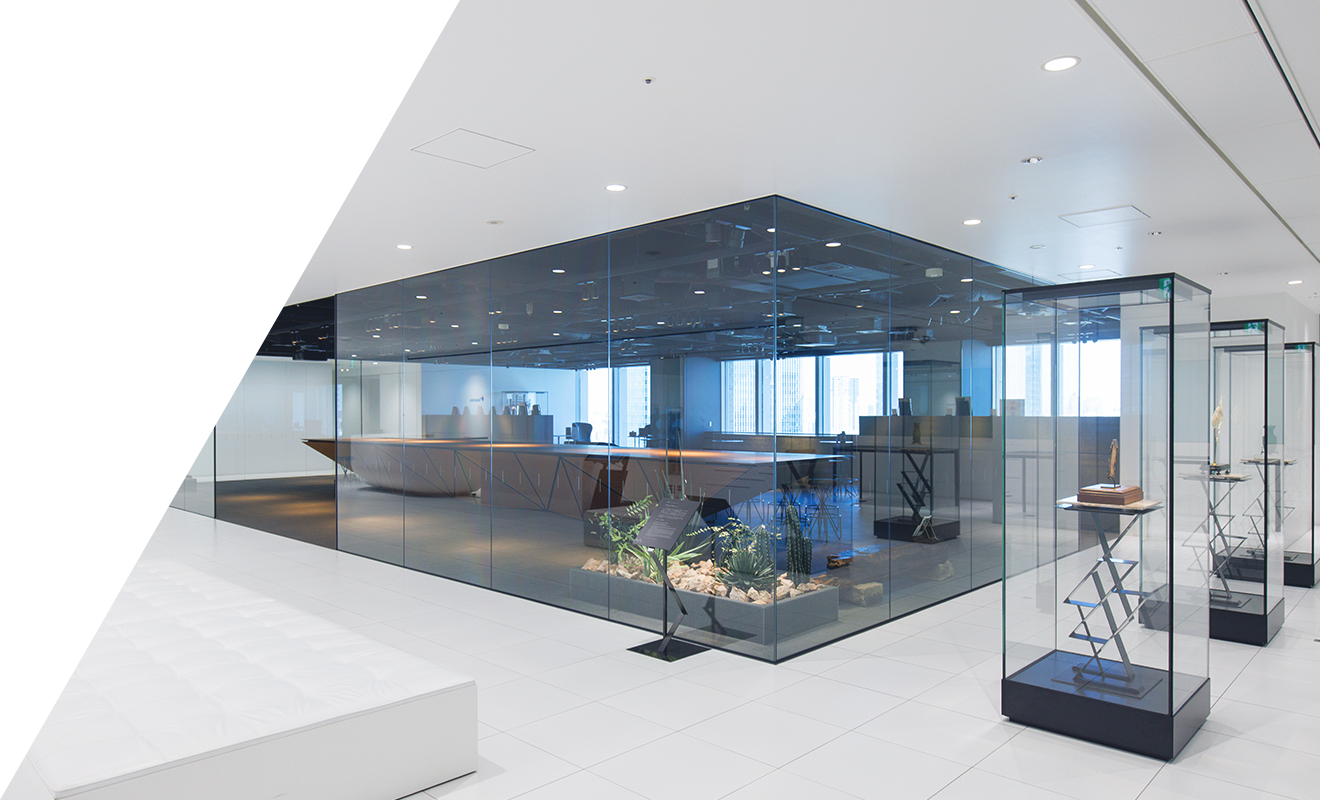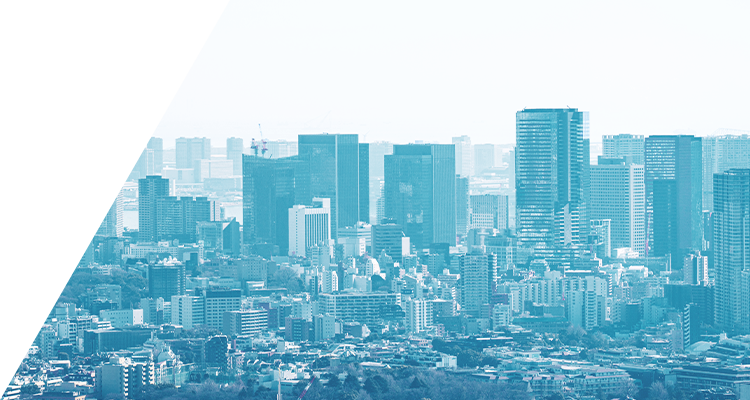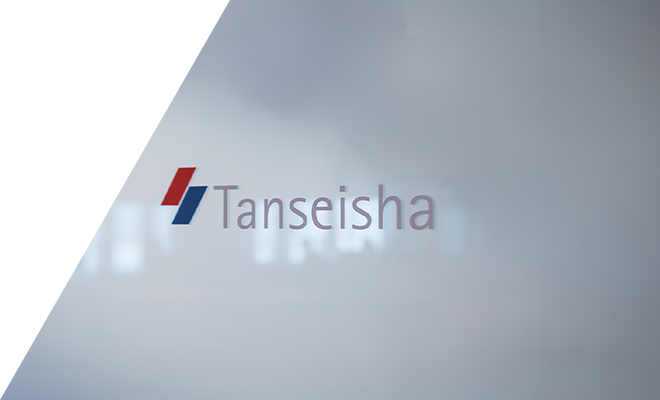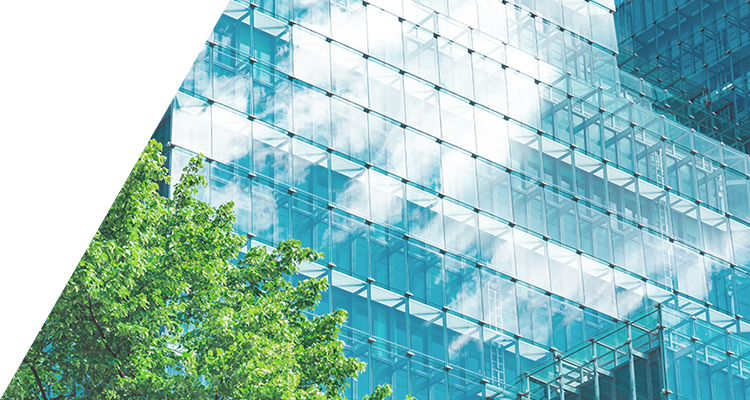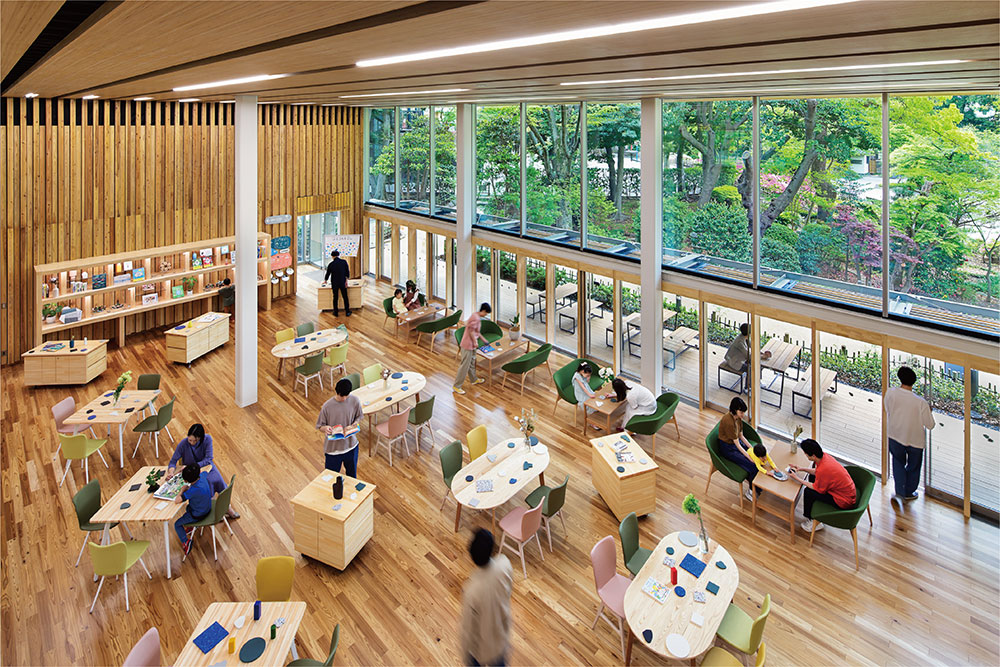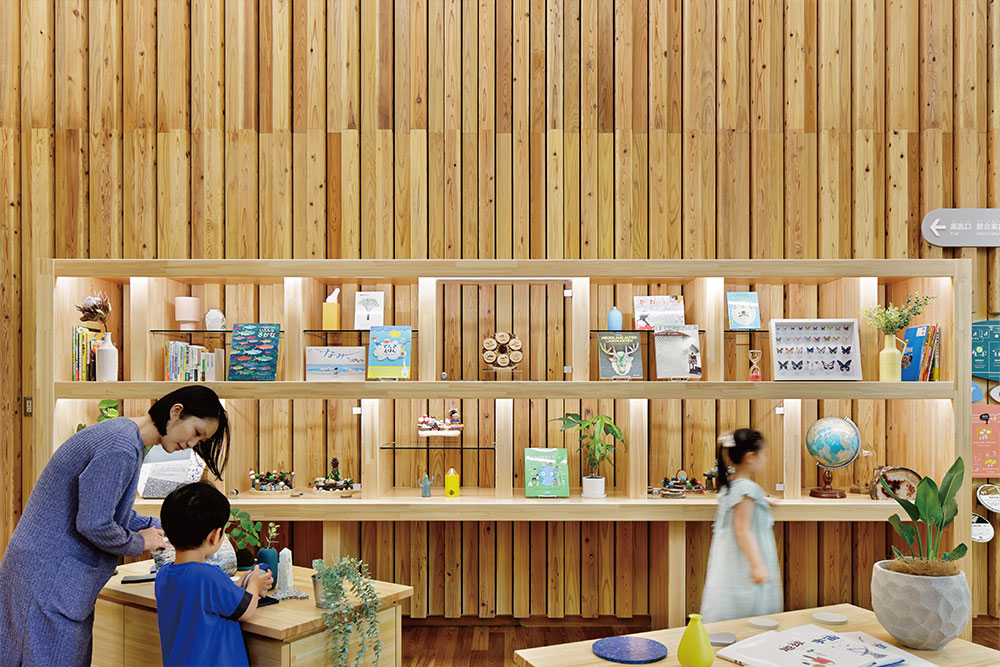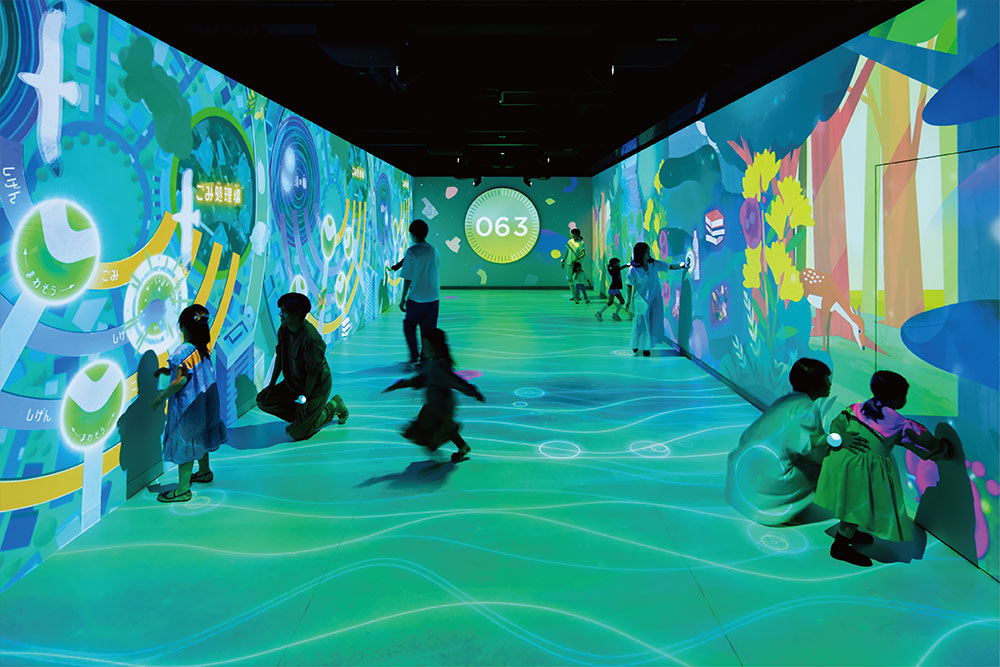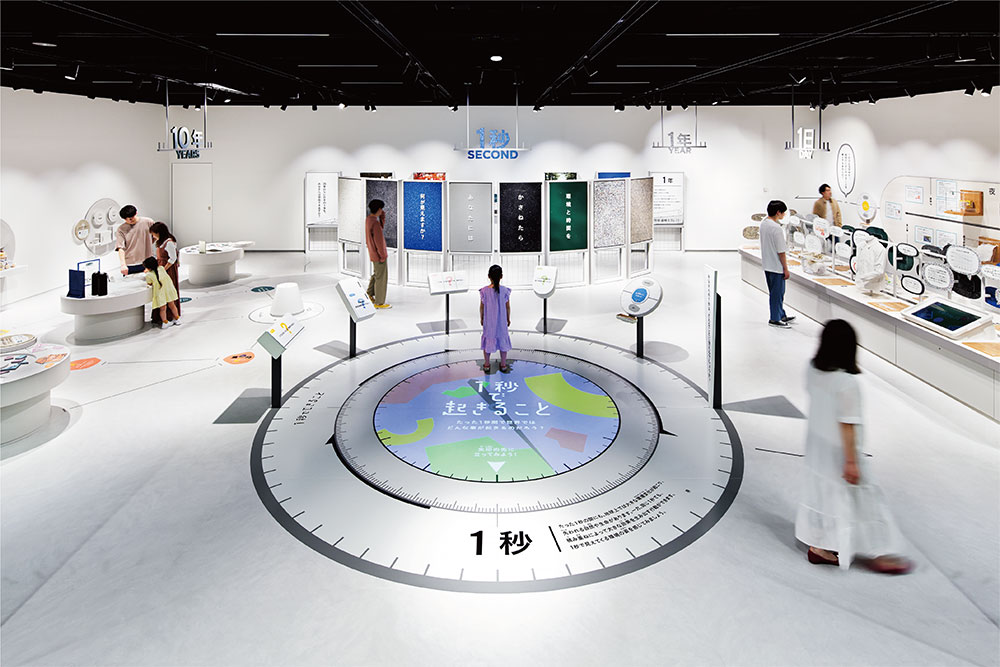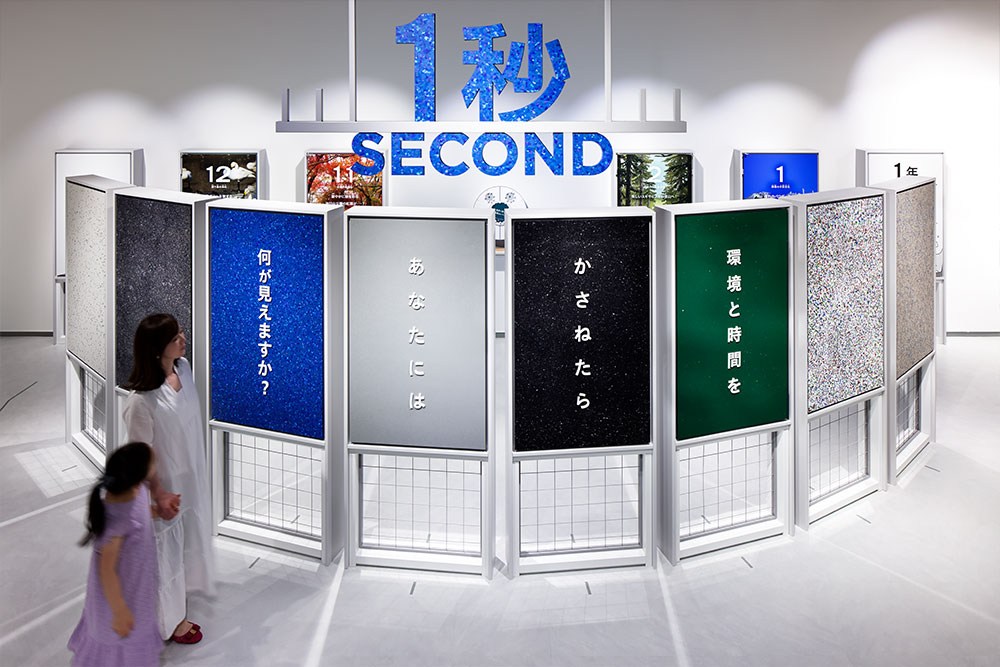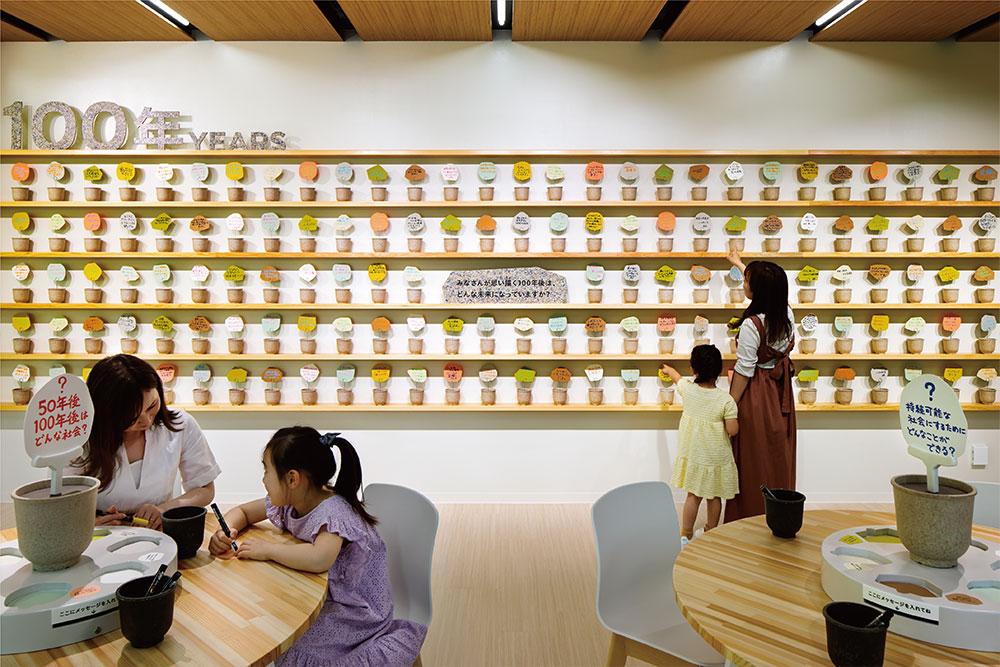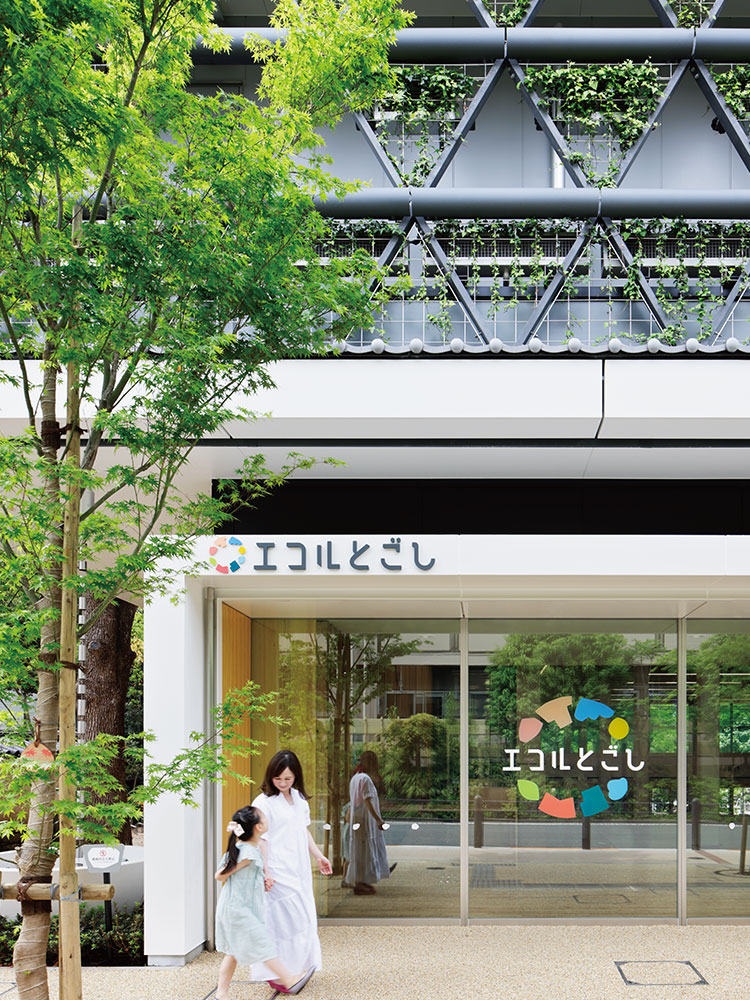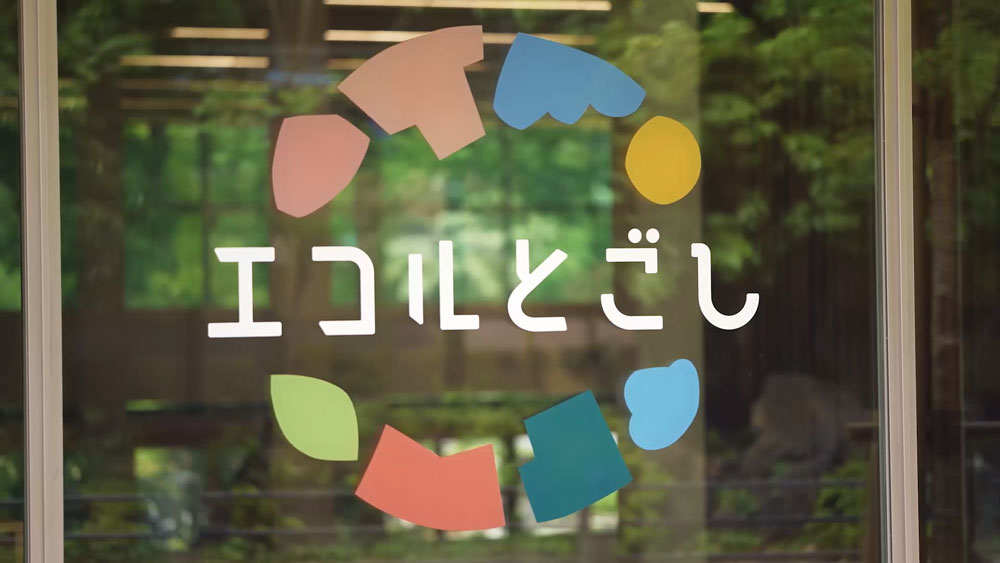Site Search
- TOP
- Project Details
- List of achievements
- Shinagawa City Environmental Learning and Exchange Facility Ecorutogoshi
Shinagawa City Environmental Learning and Exchange Facility Ecorutogoshi
An environmental learning facility that fosters the lush Togoshi Park and the people who support the children, with the "children who will create the future" as the main players.
- Cultural Spaces
Photo: Masato Kono Nacása & Partners Inc. Video: Marutora Co., Ltd.
About the Project
| Overview | This is a learning and exchange facility in Tokyo, newly built in Togoshi Park in Shinagawa City. It is the first public building in Tokyo to be certified as Nearly ZEB under the Building Energy Efficiency Labeling System (BELS). In addition to energy-saving air conditioning equipment that utilizes geothermal heat, it also uses many Environmental Consideration technologies that create their own energy (energy creation), such as solar power generation. In response to the growing need for environmental education against the backdrop of global environmental issues, the basic philosophy is "Connect, Continue, Create - Towards an Eco-Friendly Future". The main targets are "children who will create the future" and "people who support children". The exhibition space on the third floor is composed of Video exhibition room where you can enjoy using your body and a permanent exhibition room where you can learn environmental information through experience. |
|---|---|
| Issues/Themes | The goal is to help users recognize the environment as something that concerns them personally, and to create an opportunity for them to think about their current and future environment and lifestyle, rather than having an image of the environment that is too vague to imagine, or too familiar to be aware of. |
| Space Solution/Realization | How can we make the environment our own? In order to raise awareness of this issue, we aimed to create an exhibition that would encourage people to think about the connection between themselves and the environment. With an emphasis on experiences and sensations as its core, the exhibition encourages people to think about the balance between the environment and their lifestyle from the perspective of the "space" in which they live. It also encourages people to look at the environment through the various scales of "time" that they spend. Through these, we designed the exhibition to encourage people to take environmental issues personally and think about the future 100 years from now. |
| Design for Environment | 3R design: The signs and explanations within the facility are made of recycled materials from daily life, and are designed to raise environmental awareness. Energy-saving design: In keeping with the "Nearly ZEB" certification of the building, the facility was designed to enable rational control of various facilities during operation. |
Basic Information
| Client | Shinagawa City |
|---|---|
| Services Provided | Facility Concept Planning, Display Planning, Design, Layout, Production, Construction, Research & Analysis, Website Creation, Project Management |
| Project Leads at Tanseisha | Planning Direction: Koichi Shinohara Design Direction: Toshitake Tanaka Planning: Makoto Ito, Miho Toyama Tansei Institute Co., Ltd. Design, Layout: Katsuhisa Ohashi, Tetsuya Yamaguchi, Shunpei Hashimoto Signed Direction: Kenji Takahashi Production, Construction: Tomoya Higuchi, Ichigo Takahashi Large-scale Video Technical Direction: Akihiro Suzuki Website Creation: Munehiro Takahashi Project Management: Otowa Terunobu |
| Awards | "16th Kids Design Award" "KUKAN DESIGN AWARD 2022" Shortlist Selected for the 56th Japan Sign Design Award "2022 Good Design Award" "iF DESIGN AWARD 2023" |
| Location | Tokyo, Japan |
| Opening Date | May 2022 |
| Website | https://ecoru-togoshi.jp/ |
| Tag |
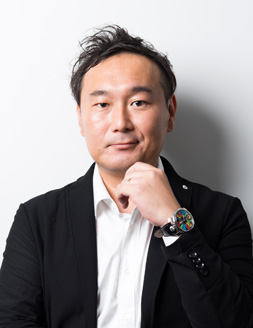
Design Direction
Toshitake Tanaka
He has worked on a wide range of facilities, including museums, children's facilities, and disaster prevention and earthquake disaster facilities. He is strongly committed to establishing a context that connects the theme of each facility to the spatial design, and to creating spaces that spread messages and activities. He is currently traveling around the country with the motto of "creating facilities that people want to visit again and again."
Main Achievements
*The shared information and details of the project is accurate as of the date they were posted. There may have been unannounced changes at a later date.
Affiliated companies and solutions
Related Achievements
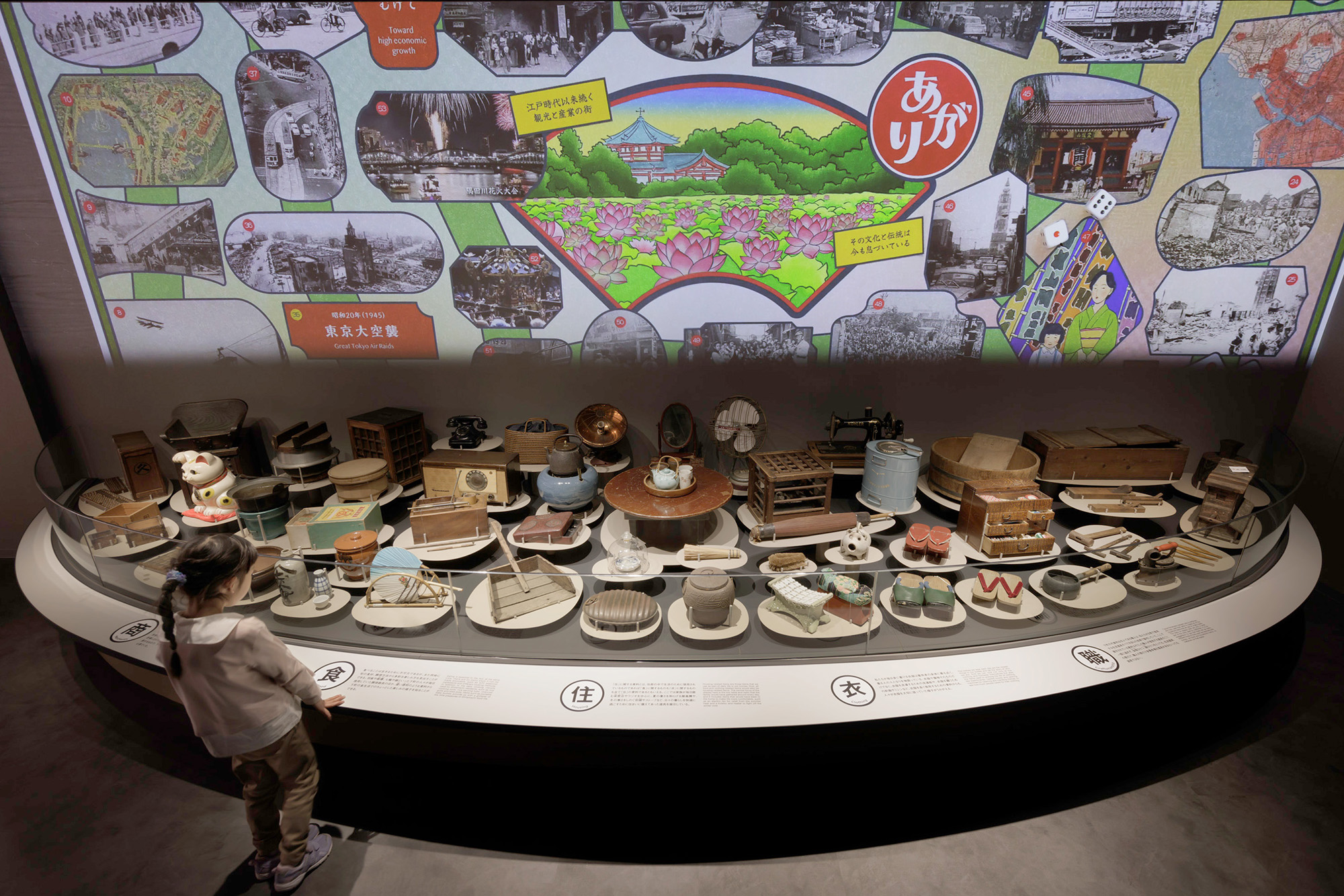
Taito City Shitamachi Museum
Set in Taito Ward, it traces the memories of the downtown area and evokes the scenery and emotions of the city in the past
- Cultural Spaces
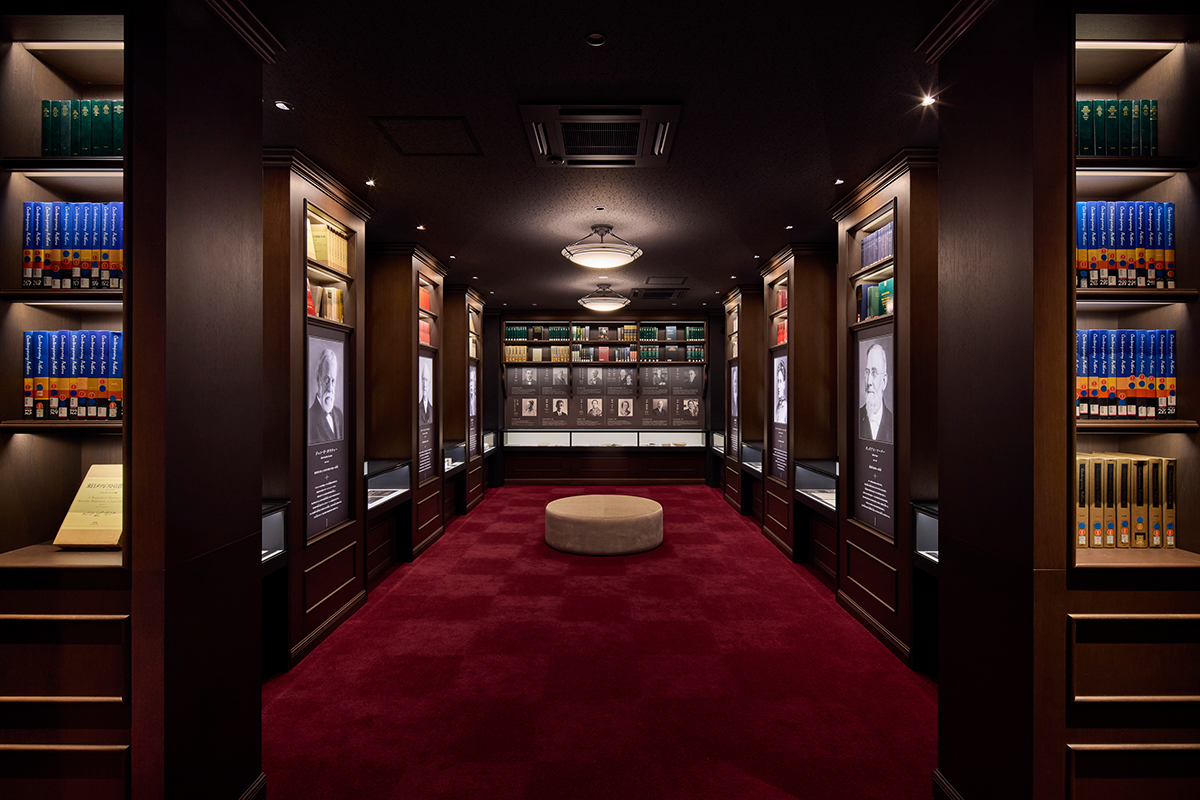
Aoyama Gakuin Museum
The thoughts of people associated with Aoyama Gakuin are woven together through light, gently enveloping and quietly guiding visitors.
- Cultural Spaces
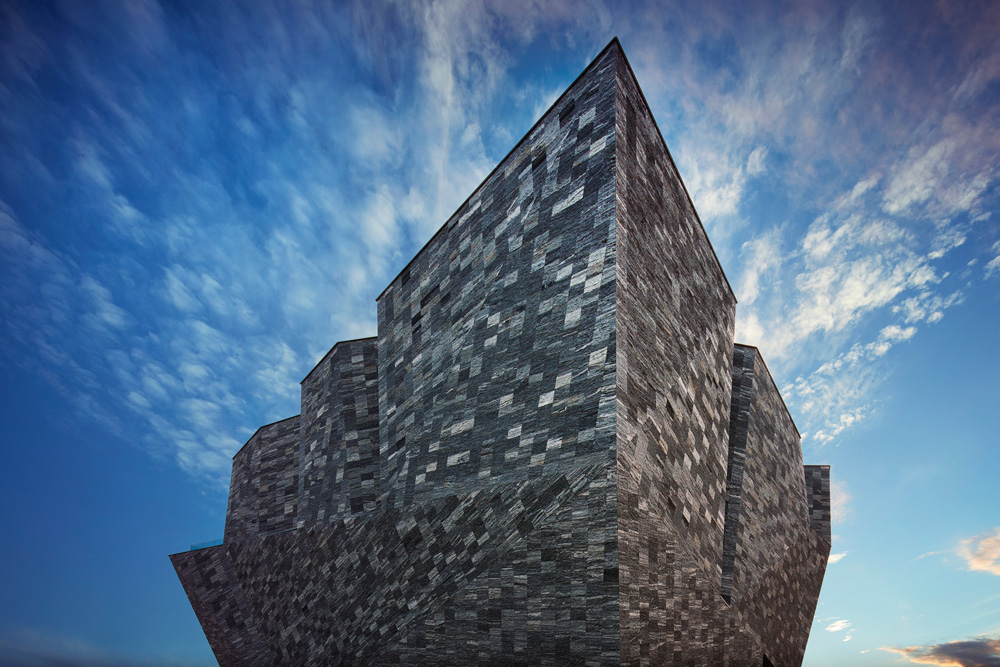
Kadokawa Musashino Museum
A new concept cultural complex that combines a library, art gallery, and museum
- Cultural Spaces
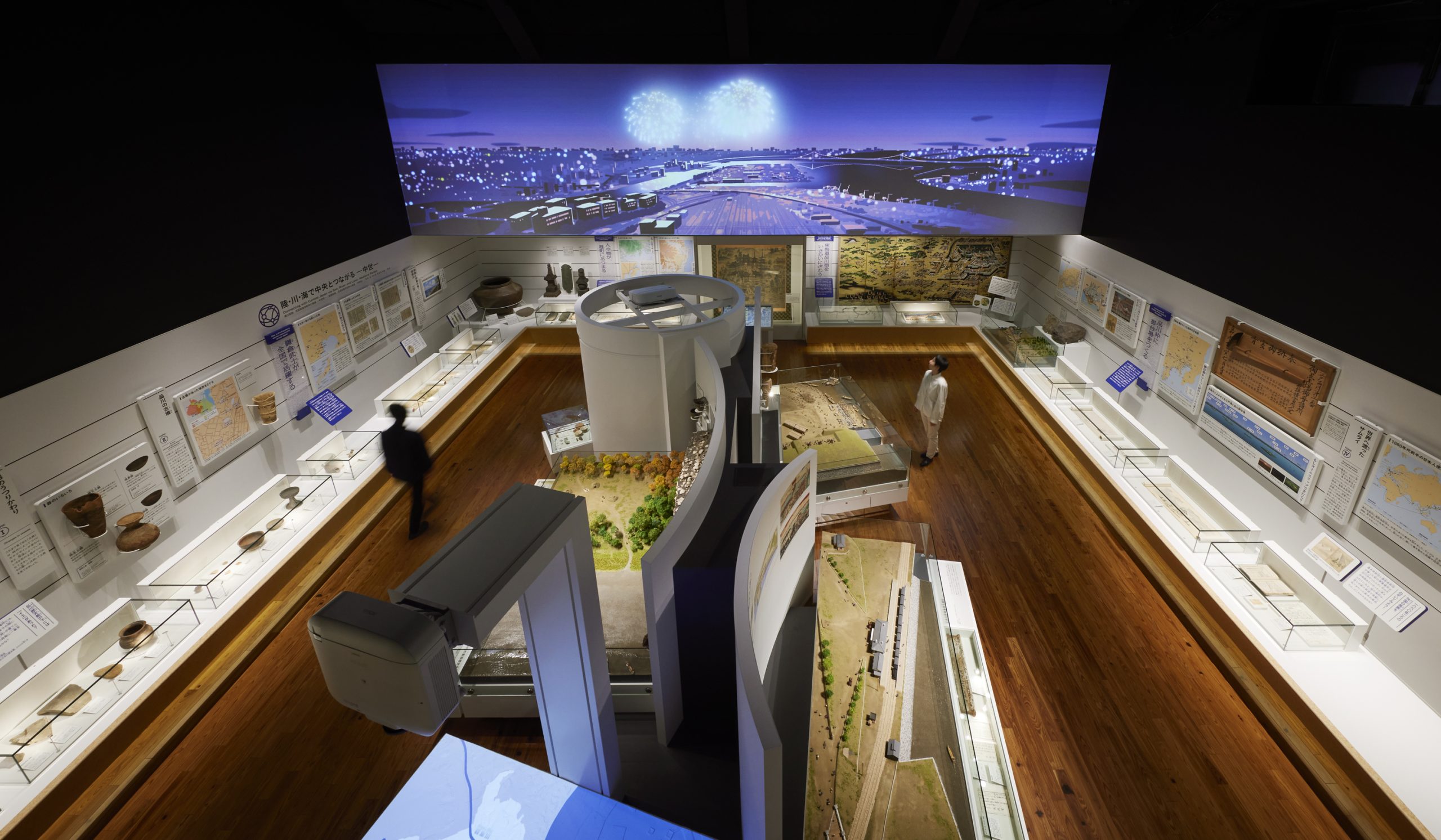
Shinagawa Historical Museum Renewal
Visit the "Live Museum" to learn about the past and present of Shinagawa, a city connected to the world
- Cultural Spaces
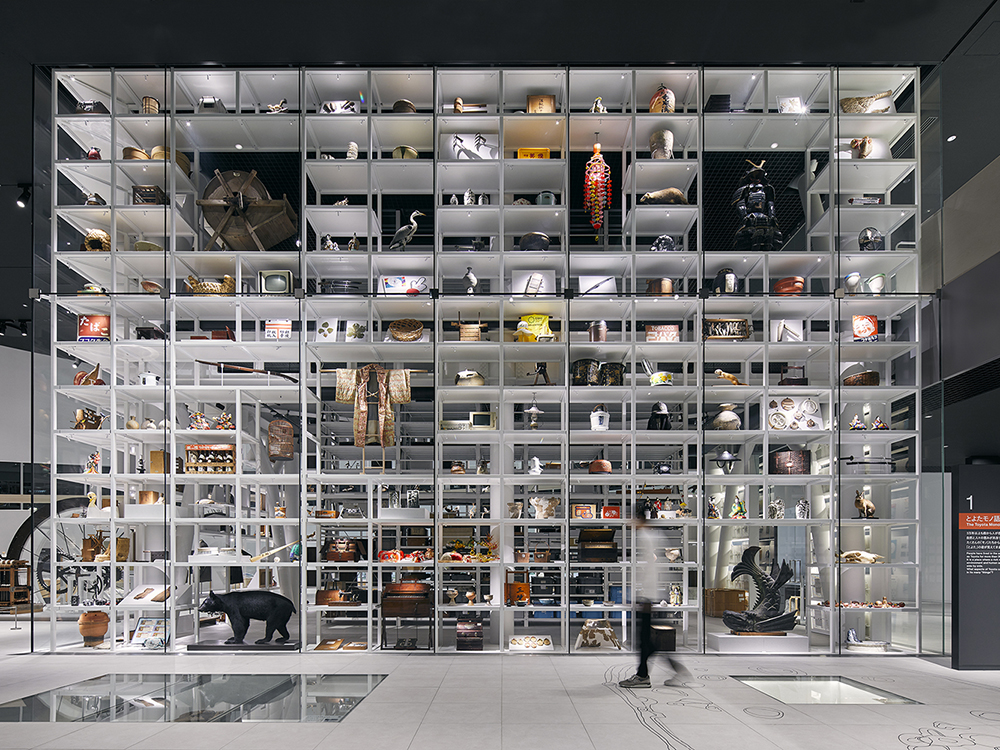
Toyota City Museum
A museum that is continually created by everyone, where a diverse range of people, primarily local residents, can gather and interact
- Cultural Spaces
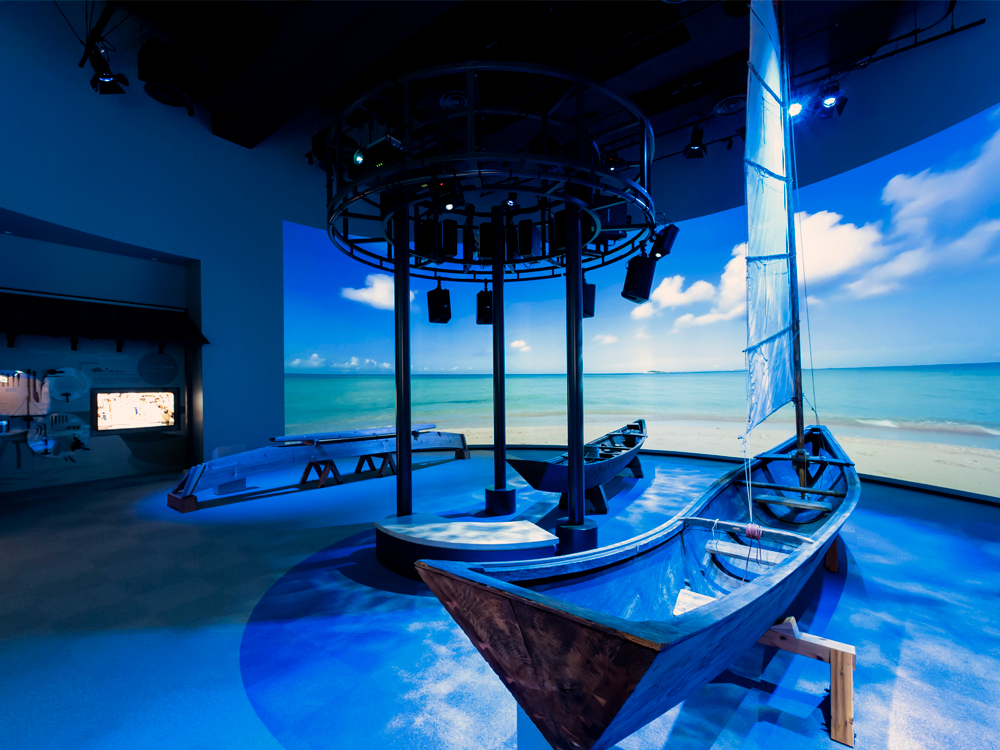
Itoman City Tourism and Cultural Exchange Center Facility Kukuru Itoman
Unraveling the history and culture of Itoman and passing on its diverse charms to the future
- Cultural Spaces
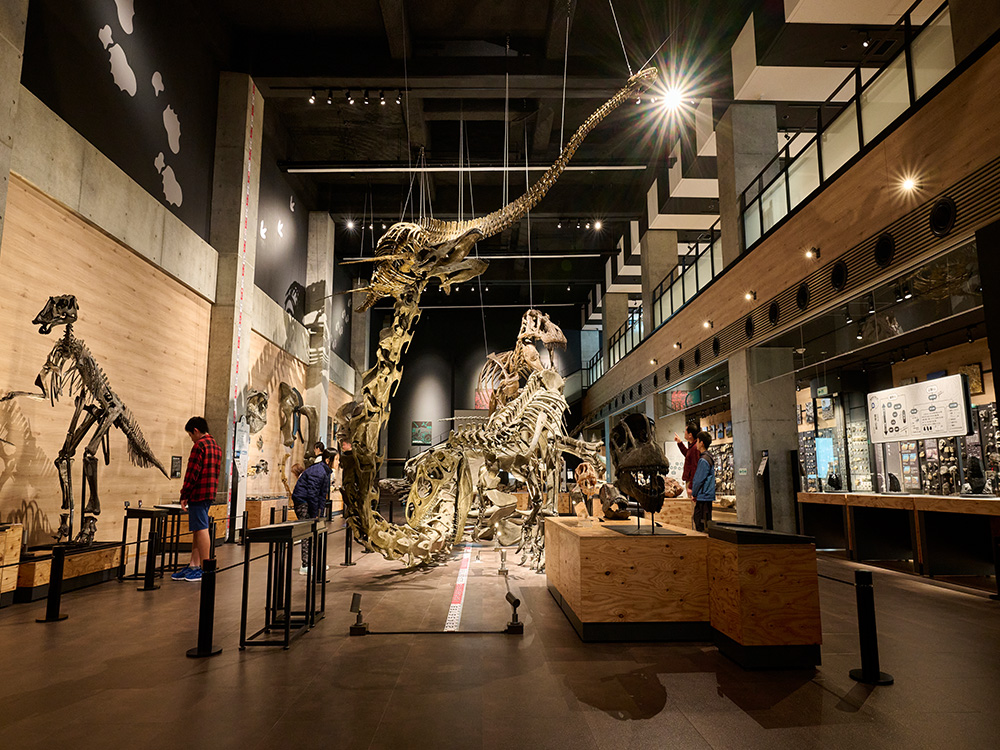
Amakusa City Goshoura Dinosaur Island Museum
A base facility for fossil collection and nature observation on the island, where fossils on Amakusa can send you back to the ancient world
- Cultural Spaces
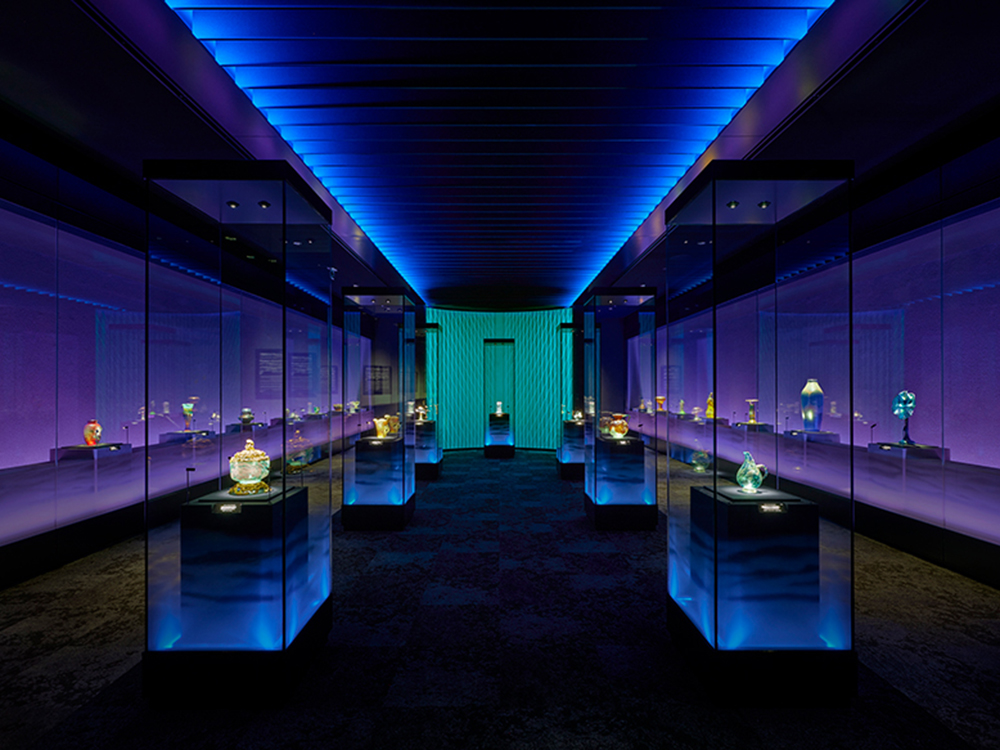
Hida Takayama Museum of Art
Creating a space for art appreciation in a space where you can feel the nature of Hida Takayama and the changing seasons
- Cultural Spaces
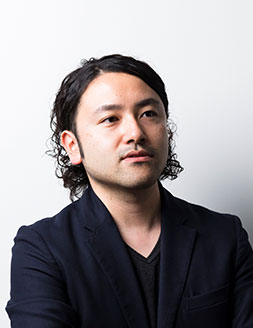
Planning Direction
Koichi Shinohara
He is mainly in charge of planning information, experiences, and communication in museums and other cultural facilities, as well as exhibitions at cultural events. In recent years, he has been actively involved in creating spaces on themes that are socially trending both in Japan and overseas, such as nature, the environment, sustainability, and Japanese culture, including manga. He is a part-time lecturer at Shizuoka University.
Main Achievements
